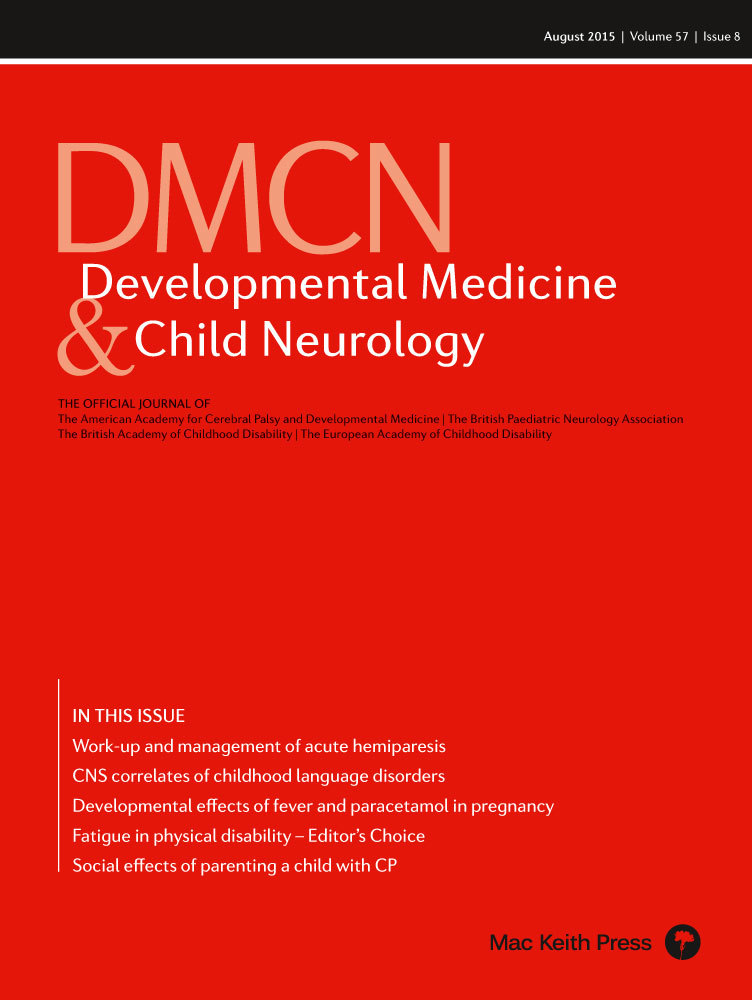End-of-life management in children
Death in childhood is obviously not a new phenomenon or even a growing one. On the contrary, global child mortality rates have declined dramatically over the last 20 years, though they remain up to 15 times higher in low-income countries compared to high-income ones.1 In the latter, a child's death is less and less regarded as a natural event and occurs more frequently in a medical environment as a result of an ‘end-of-life decision’. Yet, in such medical settings, professionals often lack the appropriate expertise because of the low mortality rate and scarceness of specific training and available information.
There have been very few studies of end-of-life decisions in children. These were mainly conducted in Belgium and the Netherlands, where societal debate on end-of-life issues has been particularly intense. They show that end-of-life decisions are frequently made in paediatric patients, in the context of life-limiting or life-threatening conditions.2 Contrary to common notions, cancer accounts for less than a third of the underlying conditions. In fact, these are very varied and include many rare disorders, mostly involving congenital malformations and neurological disorders. It is hard to tell to what extent results might generalize as, for example, a survey of public attitudes towards euthanasia in 47 European countries recently indicated high acceptance in a small cluster of Western European countries, contrasting with low to moderate acceptance in all other countries.3
End-of-life decisions imply the knowledge of their potentially life-shortening effect or the actual intention of shortening life. They may include non-treatment decisions, intensifying alleviation of pain or other symptoms, and physician-assisted dying. The process leading to these decisions is a staple in bioethical literature with particular regard to possible desecration of life, personal autonomy, medical responsibility, risk of misuse and trivialization, and vulnerability. But they rarely, if dramatically, result in litigation, suggesting a level of acceptance as good practice.
Decisions involving awareness of possibly but not deliberately causing death, such as palliative sedation for controlling refractory symptoms, appear to be less problematic than the clear intention of terminating life, and most legal systems do not address such decisions at all. As a palliative care option, palliative sedation is reversible, and (increasingly) entrenched in common medical practice. Palliative care is fully in line with the essential healing role of medicine. Yet to date palliative care has been much less well organized in paediatrics than in adult care.
In contrast to palliative options, deliberate medical life-termination corresponds to a further leap with more critical transgressive ethical implications. It is a criminal offence worldwide except in the handful of countries where its decriminalization is considered under strictly defined conditions, such as sound, voluntary request by a fully competent patient with unbearable, unrelieved suffering resulting from an incurable disorder. Only in Belgium and the Netherlands are such dispositions currently applicable to children, with further restrictions.4 Emphasis on the child's personal competence and capacity for discernment unequivocally excludes children with altered consciousness, intellectual impairment, and young age. Proxy requests, whether made by the parents or medical teams, are also explicitly excluded.
Both practitioners and ethicists have argued that effective palliative sedation rules out the relevance of considering self-requested euthanasia in children.5, 6 It must be recognized, however, that even optimal palliative treatment does not always provide effective relief of suffering. In addition, the double effect of palliative sedation in both relieving suffering and accelerating death raises the question of whether it is morally acceptable if the relief effect is intended while acceleration of death is foreseen. This question also has serious medico-legal implications, but the current vagueness might actually preserve much needed space for ongoing ethical and humane discussion between individual patients and families, and well-integrated, multidisciplinary teams. Furthermore, the presumed competition or opposition between palliative care and euthanasia is rarely seen in the countries where both are practised, often by the same teams. Yet not a single paediatric patient has made a request for euthanasia to date in Belgium, and there have been five cases in the last 10 years in the Netherlands. This calls for greater efforts in the wider context of quality of care for children with a life-limiting or a life-threatening condition, recognizing the necessity for particular and specific competences, and resource organization in order to meet the urgent need for early, accessible, quality paediatric palliative care.




